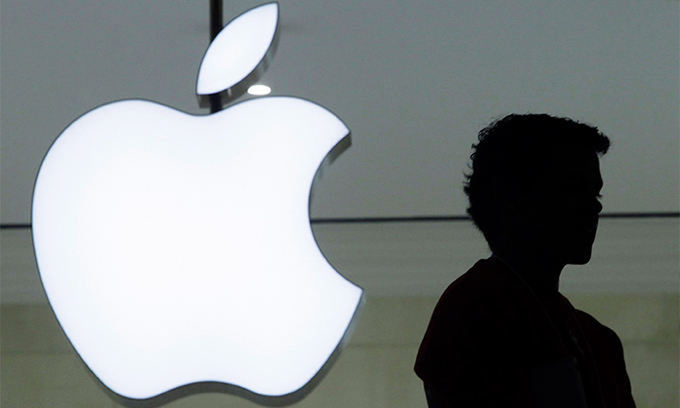In January 2021, the Louisville Metro Department of Public Health and Wellness went live with LouVax, a system for vaccine scheduling and management that’s focused on increasing access to COVID-19 vaccines.
After operating on paper for a few weeks, the agency launched the tool. The initial focus was on specific groups, such as healthcare workers outside of hospital systems and educators, but expanded later to the general public with an emphasis on those facing barriers to care.
“For us, the user experience was twofold,” explained Dr. SarahBeth Hartlage, the department’s interim medical director.
“Patients were able to access scheduling, demographic info, screening and consent documentation prior to arrival,” she told Healthcare IT News.
This led to significant time savings, because when the department was operating on paper, all the information needed to be collected on site.
“And from an administrative perspective, the injection data was entered at the point of care and automatically uploaded to the state registry,” she continued.
Hartlage will present alongside CGI Global’s Renee Gregor at HIMSS22 this month about lessons learned from the rollout.
“Simplicity for users at point of care was paramount: Our workforce was volunteer-based, mostly retired, and there was immense turnover from shift to shift,” she said. “Quick and direct training and on-site support [were] a big emphasis.”
When it comes to balancing mission-critical efforts alongside major emergencies, she said, one thing that stands out is the need to operate within the framework of patient safety and regulations, even when faced with a generational crisis.
“Those things don’t go away!” she said. “There was no road map for this work.”
In response, she said, the LouVax approach was to lead from the front.
“We set big goals and really committed to the efforts,” she said.
Along with volunteers – including retired nurses, college students, pilots and bartenders – the effort relied on government staff, many of whom were not healthcare workers.
The department “really sought to make everyone feel like a valued part of the team,” she said.
“We took input from the people actually doing the work, and the operation was constantly evolving. Because of this, flexibility in our digital solution was very important – and we sure did flex it!” she continued.
In terms of public-private engagement, she said, there is no substitute for communication.
“When both parties are forthright about their needs and their abilities, you can cut straight to the heart of the matter and get things done,” she said.
The teams were in near-constant contact during the rapid development phase and the rollout.
“There were, of course, bumps to overcome,” she said, “but in the end we have been able to build a lasting and flexible partnership.”
Hartlage said she wants her HIMSS22 panel to inspire audience members to dream big.
“When you curate a talented team and empower them, you can do great work,” she said.
Hartlage and Gregor will discuss more in their HIMSS22 panel, “Next Gen Public Health: The Future of Patient Engagement!” It’s scheduled for Wednesday, March 16, from 2:30-3:30 p.m. in Orange County Convention Center WF4.
HIMSS22 Coverage
An inside look at the innovation, education, technology, networking and key events at the HIMSS22 Global Conference & Exhibition in Orlando.
Kat Jercich is senior editor of Healthcare IT News.
Twitter: @kjercich
Email: kjercich@himss.org
Healthcare IT News is a HIMSS Media publication.
Note: This article have been indexed to our site. We do not claim legitimacy, ownership or copyright of any of the content above. To see the article at original source Click Here













